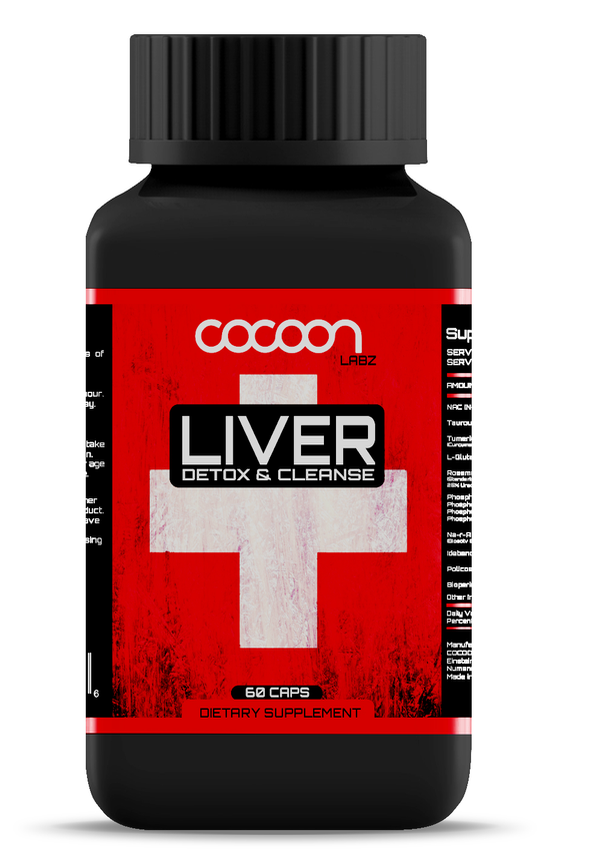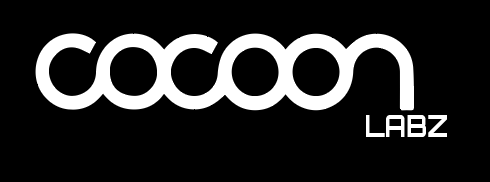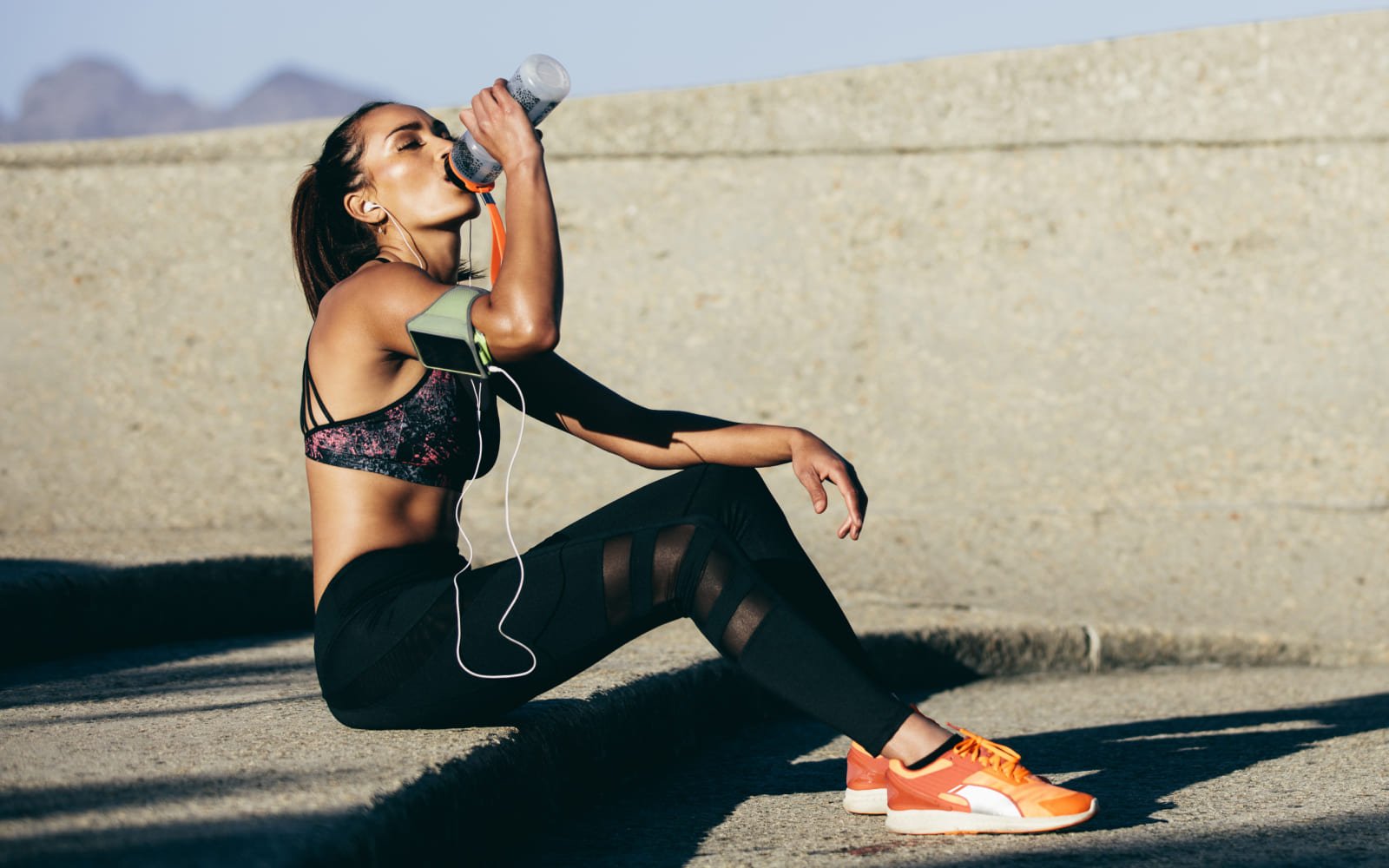
Prohormones: Introduction
Prohormones should ONLY be used by men and women over 21 years old. Prohormones are NOT meant for children, teenagers, and pregnant or nursing women. Consult your healthcare professional before using prohormones, especially if you have, or have a family history of, prostate cancer, prostate enlargement, heart disease, low “good” cholesterol (HDL), or if you are using any other dietary supplement, prescription drug, or over-the-counter drug. Do not exceed the recommended serving and use prohormones at your own risk. This article and prohormones, are not intended to diagnose, treat, cure, or prevent any disease.
Introduction to Prohormones
There are three main categories of synthetically produced compounds in the fitness community used to increase muscle mass, improve strength, and drop fat:
- Anabolic-androgenic steroids (AASs)
- Selective Androgen Receptor Modulators (SARMs)
- Prohormones
The focus of this article will be prohormones; these are precursors of a hormone, which means they’re synthetically produced hormones shortened amino acid chains or a steroid which is designed to be converted into an active hormone via metabolism in the body.
Key Terms
Before we delve further into this article, I want to provide you with a list and meaning of common acronyms and terms used when discussing prohormones:
- HDL – High-density lipoprotein. Also known as “good cholesterol.”
- LDL – Low-density lipoprotein. Also known as “bad cholesterol.”
- Serum creatinine – A blood marker indicating kidney function.
- Aspartate transaminase/ aminotransferase – Aspartate aminotransferase. An enzyme found in the blood that when high, may indicate liver damage.
- Serum albumin – Protein in the clear liquid portion of the blood. Low levels may indicate kidney and liver malfunction.
- Alkaline phosphatase – Measured to detect liver disease and bone disorder. Increased levels indicate damaged liver cells.
- Glomerular filtration rate – an estimate of how much blood passes through the tiny filters in the kidneys every minute. Levels below range indicate kidney malfunction.
- Orchidectomized – Testes removed. Sometimes used as a more technical term for castrated males.
- DHEA – Dehydroepiandrosterone. Produced by the adrenal glands, gonads, and brain, making it the most abundant circulating steroid hormone in the human body.
- DHT – Dihydrotestosterone. A sex steroid and androgen hormone produced in the prostate, testes, hair follicles, and adrenal glands.
History & Development of Prohormones
Prohormones, as we know them today, came as a result of initial synthesis, research, and archival of steroid compounds in the late 1950s and early 1960s. Many of the steroid compounds were researched but never produced and sold, until the 1990s.
Prohormones are designed to be as potent as possible, while still not considered illegal under the drug laws at the time.This typically means they carry a higher risk of harsh side effects compared to AAS, but the effects on muscle building, strength, and fat loss are also lower.
The original Anabolic Steroid Control Act of 1990 defined AASs as “any drug or hormonal substance that promotes muscle growth in a manner pharmacologically similar to testosterone.” [12] Since prohormones are typically steroids with an altered molecular structure, athletes have used them to increase athletic performance yet still pass drug scans for high-caliber athletic events. However, with the increasing complexity and rigidness of testing prior to an event, chemists and supplement companies have been getting creative to ensure they stay ahead of the regulatory curve.
Below is a list of prohormones
- 1-Androstenediol or 1-AD (3,17-dihydroxy-5-androst-1-ene)
- 4-Androstenediol or 4-AD (3,17-dihydroxy-androst-4-ene)
- 5-Androstenediol (3,17-dihydroxy-androst-5-ene)
- Norandrostenediol (19-nor-4-androstenediol or 3,17-dihydroxyestr-4-ene)
- 19-Nor-4-androstenediol (3,17-dihydroxyestr-4-ene)
- 19-Nor-5-androstenediol (3,17-dihydroxyestr-5-ene and 3,17-dihydroxyestr-5-ene)
- 19-Nor-5-androstenedione (estr-5-en-3,17-dione)
- Norandrostenedione (19-nor-4-androstenedione or estr-4-en-3,17-dione)
- 1-Androstenedione (5-androst-1-en-3,17-dione)
- 4-Androstenedione (androst-4-en-3,17-dione)
- 5-Androstenedione (androst-5-en-3,17-dione)
- Androstadienedione or 1,4 AD (1,4-androstadiene-3,17-dione)
- Any salt, ester, or ether of a drug or substance listed above
While the list above seems extensive and comprehensive, it doesn’t cover all prohormones on the market.
- 5-Androstan-3,6,17-trione (A form of 6-oxo)
- 6-bromo-androstan-3,17-dione (A form of 6-bromoandrostenedione, an aromatase inhibitor)
- 6-bromo-androsta-1,4-diene-3,17-dione
- 4-chloro-17-methyl-androsta-1,4-diene-3,17-diol (Halodrol)
- 4-chloro-17-methyl-androst-4-ene-3,17-diol (“P-Mag” or “Promagnon 25”)
- 4-chloro-17-methyl-17-hydroxy-androst-4-en-3-one (17a-methyl clostebol)
- 4-chloro-17-methyl-17-hydroxy-androst-4-ene-3,11-dione (Oxyguno)
- 4-chloro-17-methyl-androsta-1,4-diene-3,17-diol (Halodrol is listed twice)
- 2,17-dimethyl-17-hydroxy-5-androstan-3-one (Methasterone or Superdrol)
- 2,17-dimethyl-17-hydroxy-5-androstan-3-one
- 2,3-epithio-17-methyl-5-androstan-17-ol (Epistane or Havoc)
- [3,2-c]-furazan-5-androstan-17-ol (Furuza)
- 3-hydroxy-estra-4,9,11-trien-17-one
- 17-methyl-androst-2-ene-3,17-diol
- 17-methyl-androsta-1,4-diene-3,17-diol (M1,4ADD)
- Estra-4,9,11-triene-3,17-dione (Trendione)
- 18a-Homo-3-hydroxy-estra-2,5(10)-dien-17-one
- 6-Methyl-androst-4-ene-3,17-dione (Found in Methyl-1 Pro)
- 17-Methyl-androstan-3-hydroxyimine-17-ol (The One or D-Plex)
- 17-Methyl-5-androstan-17-ol (Methylandrostanol / Protobol)
- 17-Hydroxy-androstano[2,3-d]isoxazole (Androisoxazole)
- 17-Hydroxy-androstano[3,2-c]isoxazole
- 4-Hydroxy-androst-4-ene-3,17-dione (Formestane)
- [3,2-c]pyrazole-5-androstan-17-ol (Prostanozol)
- [3,2-c]pyrazole-androst-4-en-17-ol
- [3,2-c]pyrazole-5-androstan-17-o (Prostanozol)
Prohormones Benefits, Side Effects, & Dangers
In general, prohormones are marketed as offering one or more of the following benefits:
- Increased muscle mass
- Decreased fat mass
- Increased endurance
- Decreased recovery time
- Increased strength.
It’s believed that upon consumption, the body converts these prohormones to steroid hormones like testosterone and DHT.
Some of the most common user-reported visual side effects include:
- Acne
- Hair loss
- Breast tissue enlargement (gynecomastia) in men
- https://cocoonlabz.com/product/estro-block-60-caps/
- Prostate swelling in men.
https://cocoonlabz.com/product/prostate-60-caps/
Based on these findings prohormones look like an extremely effective way to drop fat and increase both muscle and strength. However, researchers probed further and examined blood work. They found those in the placebo group experienced no significant changes but those taking the prohormone saw a 38.7% drop in HDL, 32.8% increase in LDL, 120% increase in LDL-to-HDL ratio, and 77.4% increase in the cholesterol-to-HDL ratio.
Increases in overall cholesterol, decrease in “good” cholesterol, and increases in “bad” cholesterol increase your risk for cardiovascular disease. Furthermore, those supplementing with prohormones saw an increases of 19.6% and 113.8% for serum creatinine and aspartate transaminase, respectively. Serum albumin, alkaline phosphatase, and glomerular filtration rate decreased by 5.1%, 16.4%, and 18%, respectively.
https://cocoonlabz.com/product/liver-60-caps/
Based on these findings one can deduce that the risk-reward of prohormones is higher than that of natural testosterone boosters and SARMs, but lower than that of AASs. This means while you may experience moderate-high increases in strength and muscle mass and/or decreases in fat mass, you are equally as likely to experience a moderate or high number of external and/or internal side effects. Prohormones are something to USE WITH EXTREME CAUTION.
The Best Non-Prohormone/SARM/AAS Alternatives
Once you’ve got your nutrition, rest, and weightlifting protocols dialed-in, there are a number of non-prohormone/SARM/AAS supplement alternatives to help you drop fat, increase endurance, energy, muscle, and strength. If you’re looking to increase your metabolism and drop fat, look no further than:
- Caffeine
- Yohimbine HCL
- L-Carnitine
Now that you’ve been armed with a slew of information on prohormones, I encourage you to perform your due-diligence and determine if prohormones are right for you.






